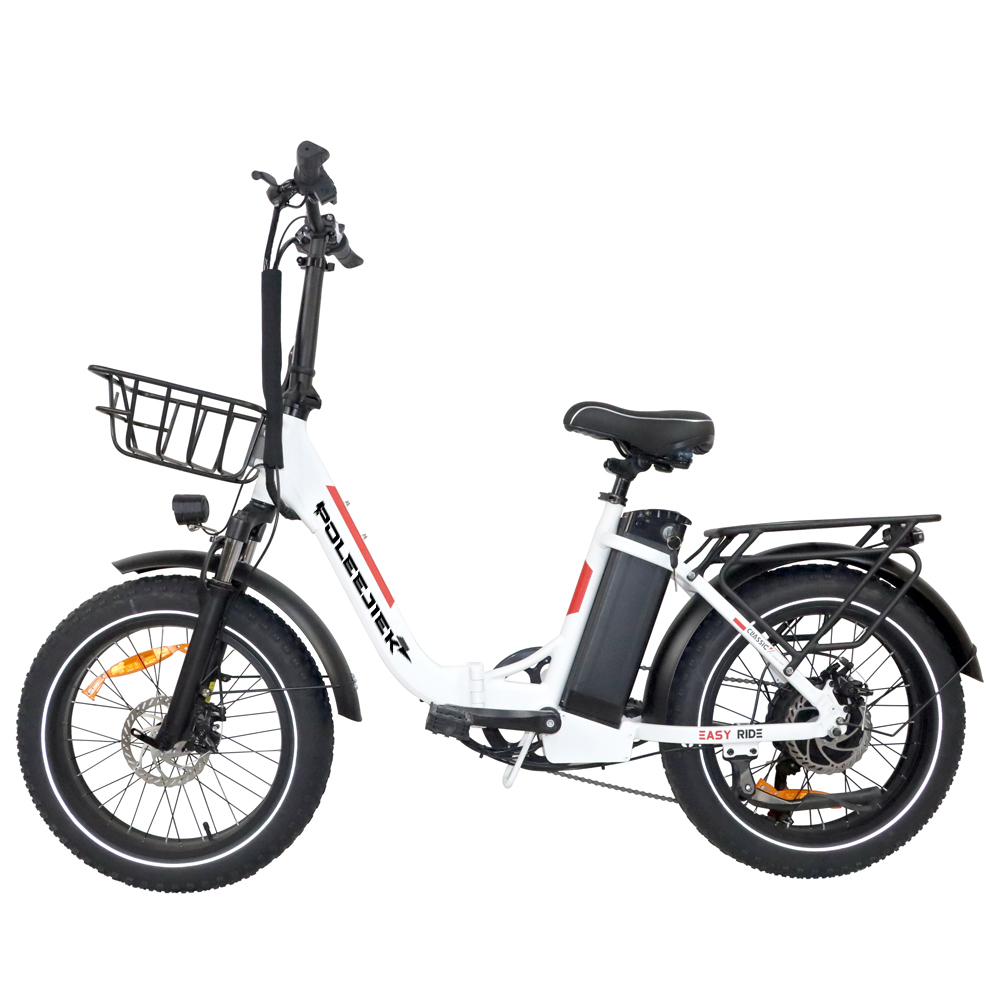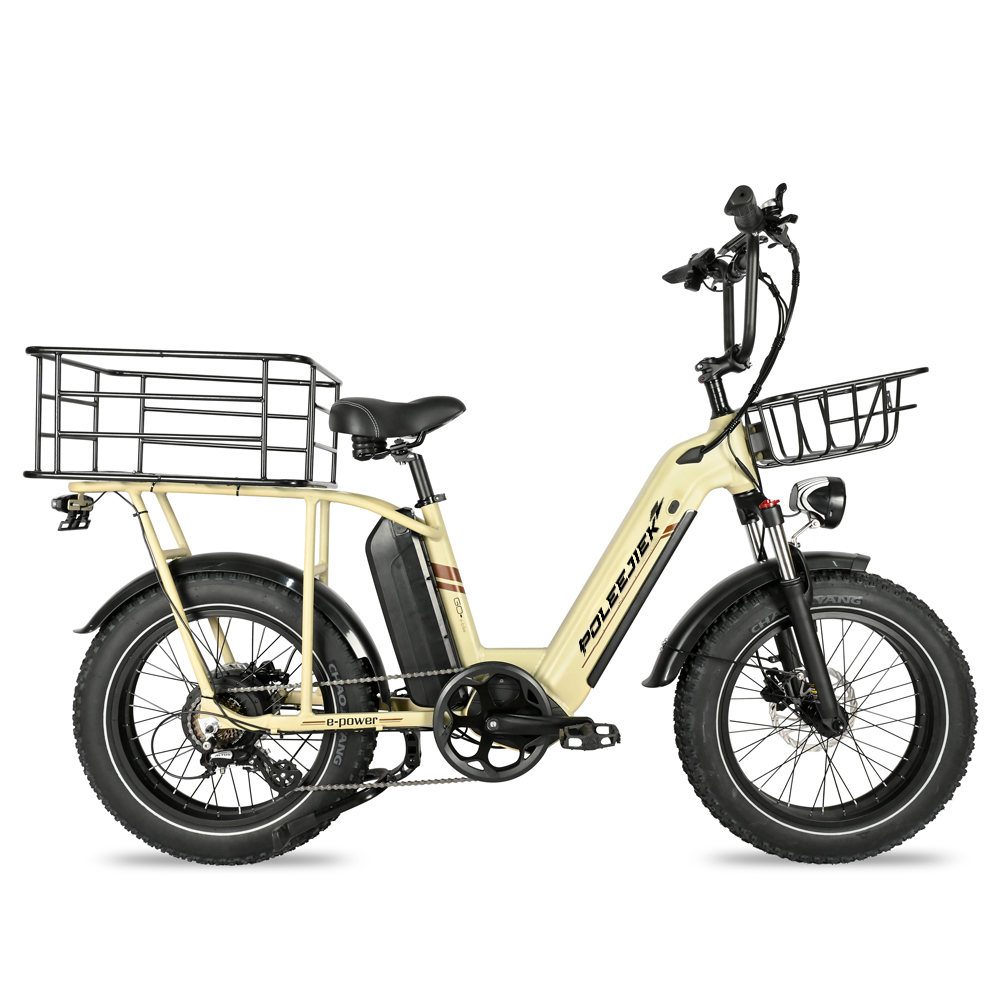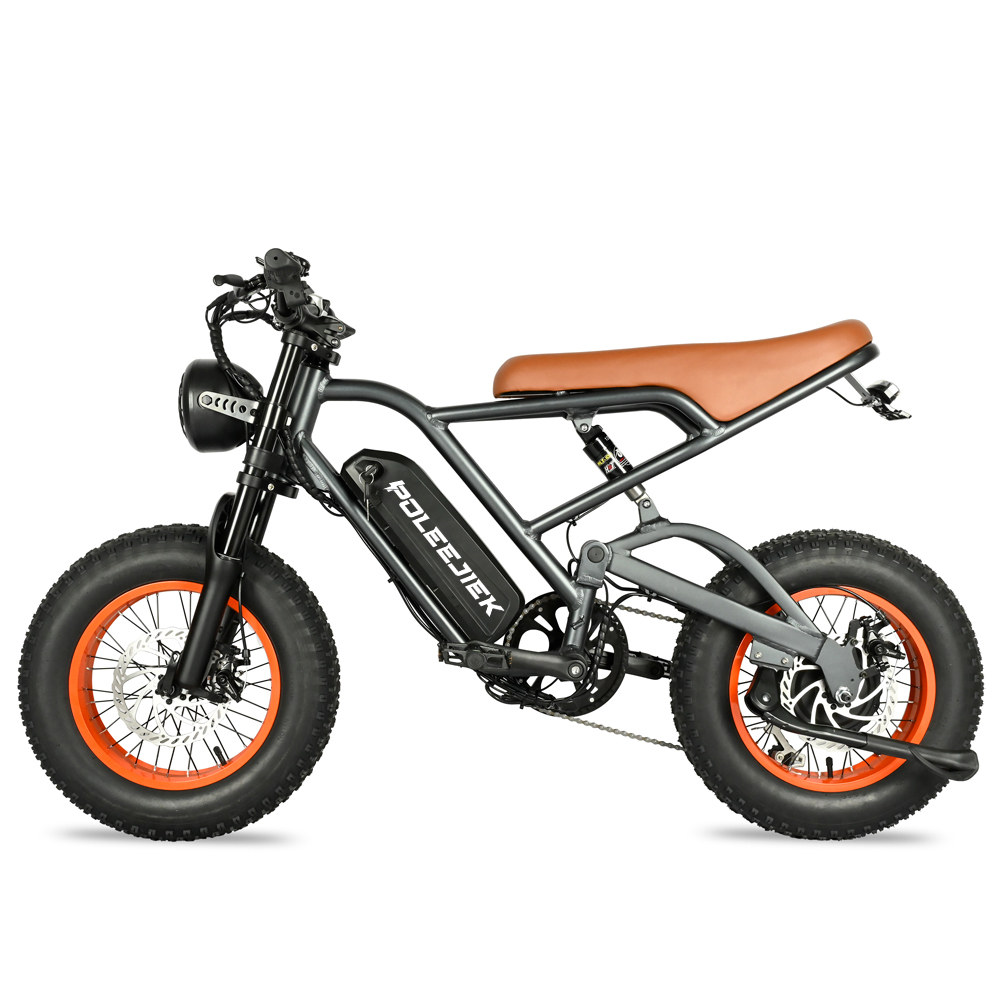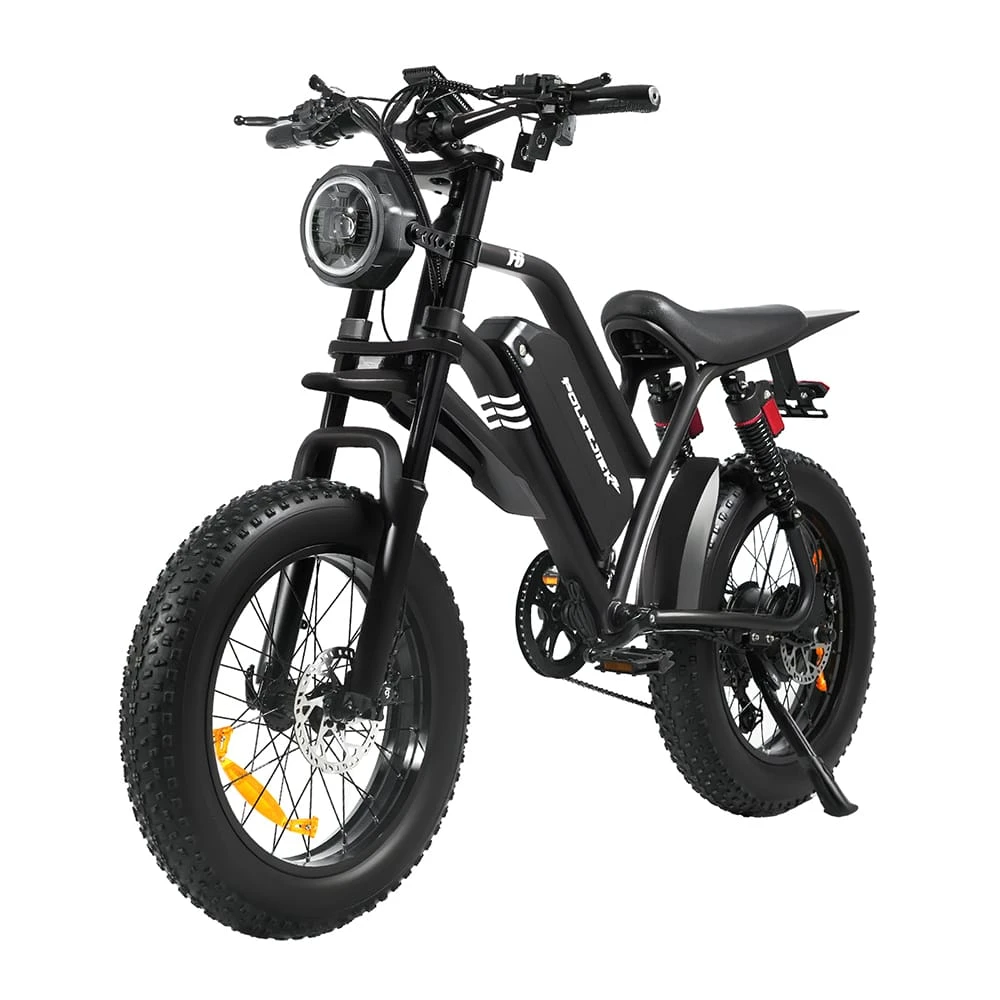E-Bike Power Wars: The Future of Electric Dirt Bikes for Adults
The world of high-performance e-bikes is in an arms race. Bosch’s latest Performance Line CX-R motor is pushing torque from 85Nm to 100Nm and boosting peak power from 600W to a massive 750W. Meanwhile, Bafang’s M510 system maintains a high 95Nm of torque while shedding 18% of its weight and increasing max power by 20%, chasing a higher power density.
For manufacturers, boosting power and torque is the most direct and marketable way to compete. But as output numbers soar, a critical question emerges: are we pushing the limits too far?
This relentless pursuit of "more power" is forcing a conversation across the industry. As these machines become more potent, the line between an e-bike and a moped begins to blur, attracting concerns about trail access, safety, and stricter government regulations. Is raw power the only path forward for motor development? Let's dive into what industry leaders, consumers, and regulators think about the future of electric dirt bikes for adults.
Industry Leaders: A Split on the Definition of "Powerful"
While everyone wants a powerful motor, top manufacturers are starting to define that term differently.
Bosch: The Case for Restraint and Sustainability
For Bosch, the future isn't about how much power you can pack into a motor, but about preserving the freedoms the e-bike community currently enjoys.
"From a technical standpoint, building a more powerful motor isn't the challenge; it's a choice," Bosch states. "The growing power race could permanently alter the Class 1 (US) and EPAC25 (EU) classifications, restricting where we can ride and how we enjoy the sport."
Bosch points to the varying regulatory environments. The US has a 750W peak power limit for Class 1 e-bikes, but even this clear framework is under pressure. Europe’s 250W continuous power limit leaves peak power in a regulatory gray area, creating uncertainty for all e-bikes, not just high-performance models.
"Data shows that most riders typically use 200-400W of power during a normal ride," Bosch continues. "We believe 750W is a suitable upper limit. It satisfies any legitimate riding need while preserving the character of a bicycle. The real challenge isn't engineering; it's maintaining the regulatory freedom that allowed this sport to flourish. Sometimes, the most powerful solution is knowing when to stop."

Avinox: The Argument for Smart, Adaptive Power
Avinox believes that a simple power cap could stifle the riding experience and industry innovation.
"Riders of electric dirt bikes for adults need more adaptive solutions," Avinox argues. "Think intelligent power modes that respond to terrain, gradient, and riding cadence, along with user-tunable settings. We advocate for more nuanced industry standards rather than a blanket power limit. The future focus will likely be the power-to-weight ratio."
Specialized: It’s All About Balance
Specialized emphasizes that peak numbers are only one part of the equation. The entire system—motor, battery, and drivetrain—must work in harmony. You can learn more about their philosophy on their Turbo e-bike page.
"If your motor outputs 1000W but your battery is only 800Wh, you might only get 40 minutes at full power. There's a mismatch," Specialized explains. "For longer rides, a rider needs to dial back the output, averaging maybe 400W. Peak power and torque are great for short, intense climbs, but they aren't sustainable for long-distance riding."
For them, the true key is finding the perfect balance between power, battery size, ride duration, and a natural power delivery feel. There's another limiting factor, too: your drivetrain (chain, cassette, and derailleur) can only handle so much force.
What Do Riders Really Want?
Is a 1000W+ "off-road beast" what consumers are actually asking for? The feedback is layered.
For commuting and casual riders, 250W-500W is more than enough. They prioritize range, low weight, and affordability. For core off-road enthusiasts, powerful torque (not just peak power) is the key to conquering steep climbs and technical sections, like those found on our BLJ-2011 Sentinel model.
As one experienced rider put it, "95Nm of torque is already incredibly strong. What I need is a motor that delivers that power smartly and smoothly when I need it, not one that just launches me forward uncontrollably."
Excessive power can make a bike difficult to handle on complex terrain, increasing safety risks. The real demand seems to be shifting toward longer range, lighter bikes, a more natural and intuitive power delivery, and smarter ride modes—not just an endless inflation of specs. For more tips on choosing, you can read our electric mountain bike selection guide.
A Tale of Two Signals: The US vs. Europe
The risks of the power race ultimately land at the feet of regulators, and the US and European markets are sending different signals.
- In the United States, federal law sets a 750W peak power cap for e-bikes under 16 CFR Part 1512, with no limit on torque. Industry groups like PeopleForBikes are focused on state-level legislation that more clearly distinguishes e-bikes from electric motorcycles (OCEVs) to prevent regulatory loopholes. In 2024, states like Utah and Minnesota passed model legislation to protect the legal status of e-bikes. The focus in the US is on stopping "moped-style" vehicles from being disguised as e-bikes, rather than suppressing high-performance motors within the 750W limit.
- In Europe, the situation is more urgent. The EU’s EPAC regulation (EN 15194) mandates a 250W continuous power limit, but peak power remains a gray area. European regulators are watching closely. If they decide the market is being flooded with products that are functionally closer to motorcycles, they could reclassify all e-bikes into a motorcycle category. This would be catastrophic for the industry, requiring every e-bike to undergo type approval, registration, and insurance—massively restricting their accessibility.
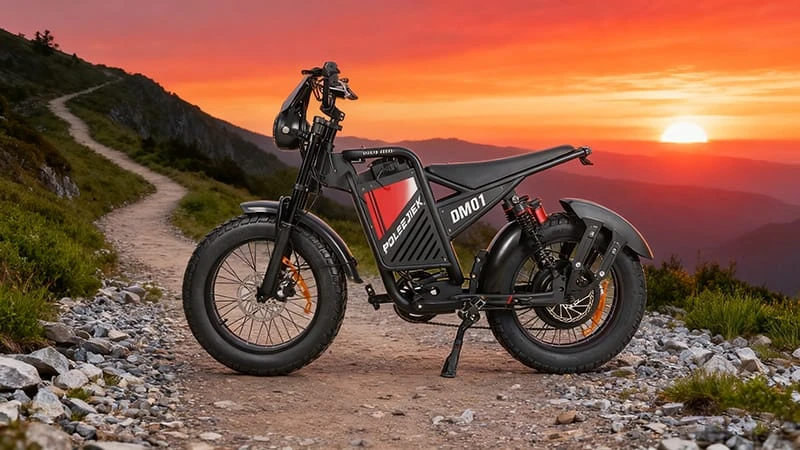
The Future is More Than Just Watts
The future of the electric dirt bike for adults cannot be defined by a single number. For manufacturers, the competitive landscape is broadening beyond raw power. Companies are realizing that the winning formula is a better overall system: lightweight designs, efficient energy management, and intelligent software algorithms will be the new moats in a competitive market.
For the industry as a whole, it's about establishing smarter standards to prevent a few extreme products from jeopardizing the entire category. After all, the magic of the electric dirt bike lies in expanding the possibilities of the ride, not replacing the ride itself. If you have questions, feel free to contact us.



